- Joined
- Nov 19, 2018
- Messages
- 11
- Reaction score
- 3
Have a lock that needs a mainspring. Will have to make it. Can either forge one from 5160 or machine it from 0-1 . Curious on thoughts & or opinions on durability. Thanks.

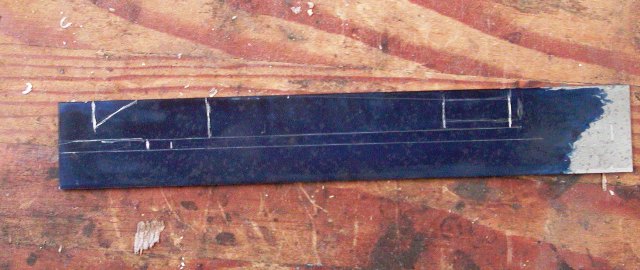
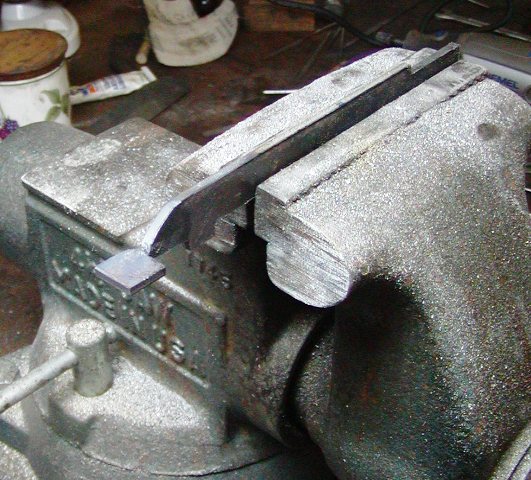
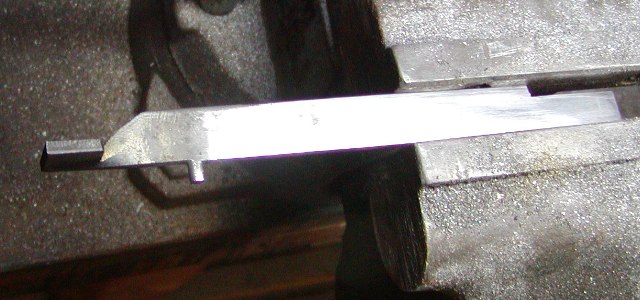
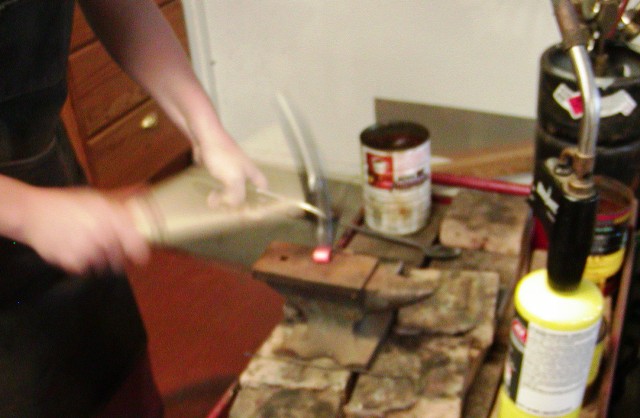
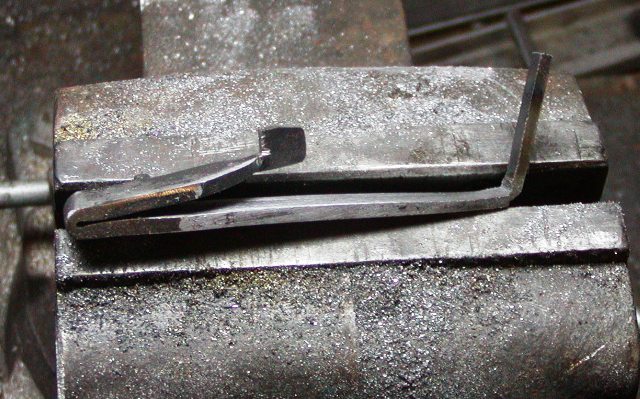
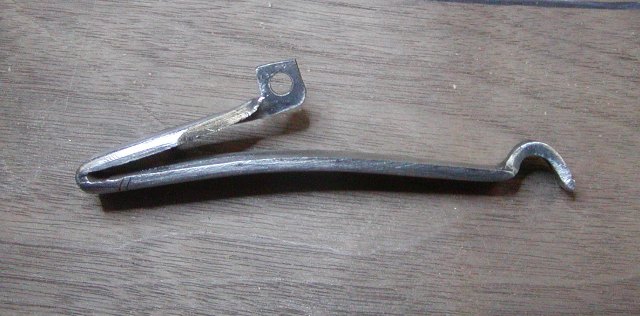
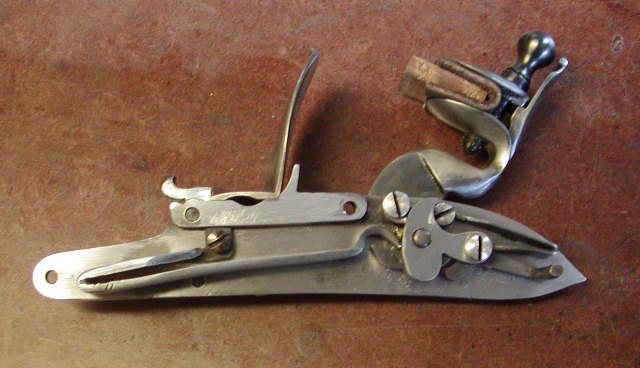
Hi,
Use 1075 steel. It is far more forgiving than O1 and better than 5160 for springs.







dave
I believe this is way overblown and largely insignificant. I’ve done some stress analysis based on the variation in mechanical properties (anisotropy) with grain direction and it’s not much of a concern. I don’t believe any increased size at the bend is required, but I do this for added safety margin.Hi Anthony,
I would urge you to forge the spring and not machine cut it from a solid block. It will be stronger without the need for extra thickness at the bend.
dave
There he goes again! Clouding the issue with facts, every home hobbyist knows that it’s all black magic to do anything with muzzle loaders!I believe this is way overblown and largely insignificant. I’ve done some stress analysis based on the variation in mechanical properties (anisotropy) with grain direction and it’s not much of a concern. I don’t believe any increased size at the bend is required, but I do this for added safety margin.
Out of thousands and thousands of mainsprings we’ve made, not one has broken to my knowledge.
I would argue the forging process in itself, would introduce opportunity for error and result in a much higher scrap rate. For example overheating material, bending when too cold, thinning of material based on the bending process etc.
Another interesting fact is that all of the fantastic locks Jud Brennan makes have mainsprings cut from the solid and not bent.
I firmly believe the advantage of a formed spring for a mainspring is negligible at best and probably more likely to cause problems.
There's no mention of cast springs. Any thoughts on them?
Enter your email address to join: